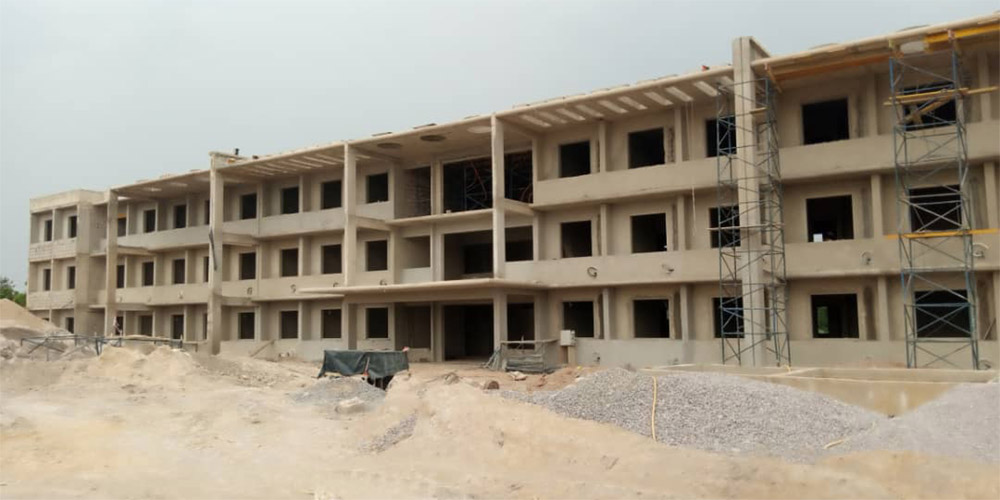Université Pelefero Gon Coulibaly (Ivory Coast) – Decentralization Program

The Ivorian government, through the Ministry of Higher Education and Scientific Research (MESRS), via the University Decentralization Program (PDU), has undertaken a vast project to build, extend and equip universities public institutions in Côte d’Ivoire since 2014. The University Peleforo GON COULIBALY has not remained on the sidelines. Thus, on Wednesday 18 and Thursday 19 May 2022, a PDU team carried out a work mission within this Institution. The purpose of this mission was first of all to proceed with the provisional acceptance of the keys for the works of the reprography room and to take stock of the progress of the works on the site of the former airport. The PDU delegation, led by Mr. Kouakou Severin KONAN, Technical Manager attached to the coordination, was received by the Secretary General of the UPGC, Professor DIABATÉ Donourou, representing the President, COULIBALY Adama. He had at his side his close collaborators and those of the President of the UPGC. The day of May 18, 2022 was devoted to the presentation of civilities on the one hand and to the visit of the works of the reprography room on the other hand. After the civilities and the inventory of the works carried out by the representative of MAMBA BTP, Mr. Youssouf COULIBALY, in charge of the works of the reprography room, the course was set for the basement of amphitheater B where are housed the premises of the said room. This guided tour made it possible to appreciate the works carried out which are: electrical and computer wiring, fire safety, air conditioning and the access control system in addition to the reorganization of the room. The first day ended with recommendations to improve the work and the provisional acceptance of the keys. As for the second day, it began with a visit to the construction site of the former airport site. Accompanied at this stage by the teams from BNETD, SIMDCI and CROU, the delegation took note of the progress of the works, noted the difficulties encountered in their execution and made recommendations so that the deadlines could be held. At the end of the visit, the various delegations were invited to a debriefing in the boardroom of the UPGC during which all the actors expressed their concerns and their suggestions with a view to removing all the obstacles to the rapid execution of the works. On behalf of Professor COULIBALY Adama, Professor DIABATE Donourou expressed his gratitude to the PDU delegation for its control actions. He also assured them of the availability of the UPGC authorities to support them in their tasks. To the technical partners, in addition to encouragement, he urged them to do everything possible to meet the deadlines. It should be noted that the UPGC site consists of: an R+1 building of tutorial rooms, an R+1 building of practical work rooms, an R+1 building intended for Central Education, an R+2 building of 90 offices intended for the Administration, an R+1 building with 32 offices intended for the CROU, an R+3 building intended for accommodation, development of the football field and a restaurant-kitchen. He also assured them of the availability of the UPGC authorities to support them in their tasks. To the technical partners, in addition to encouragement, he urged them to do everything possible to meet the deadlines. It should be noted that the UPGC site consists of: an R+1 building of tutorial rooms, an R+1 building of practical work rooms, an R+1 building intended for Central Education, an R+2 building of 90 offices intended for the Administration, an R+1 building with 32 offices intended for the CROU, an R+3 building intended for accommodation, development of the football field and a restaurant-kitchen. He also assured them of the availability of the UPGC authorities to support them in their tasks. To the technical partners, in addition to encouragement, he urged them to do everything possible to meet the deadlines. It should be noted that the UPGC site consists of: an R+1 building of tutorial rooms, an R+1 building of practical work rooms, an R+1 building intended for Central Education, an R+2 building of 90 offices intended for the Administration, an R+1 building with 32 offices intended for the CROU, an R+3 building intended for accommodation, development of the football field and a restaurant-kitchen.
